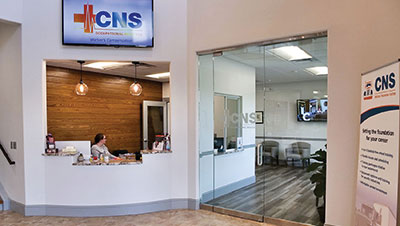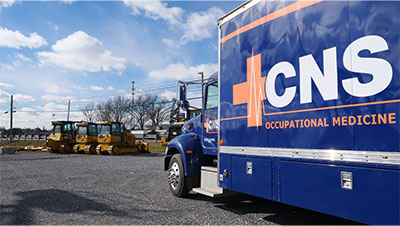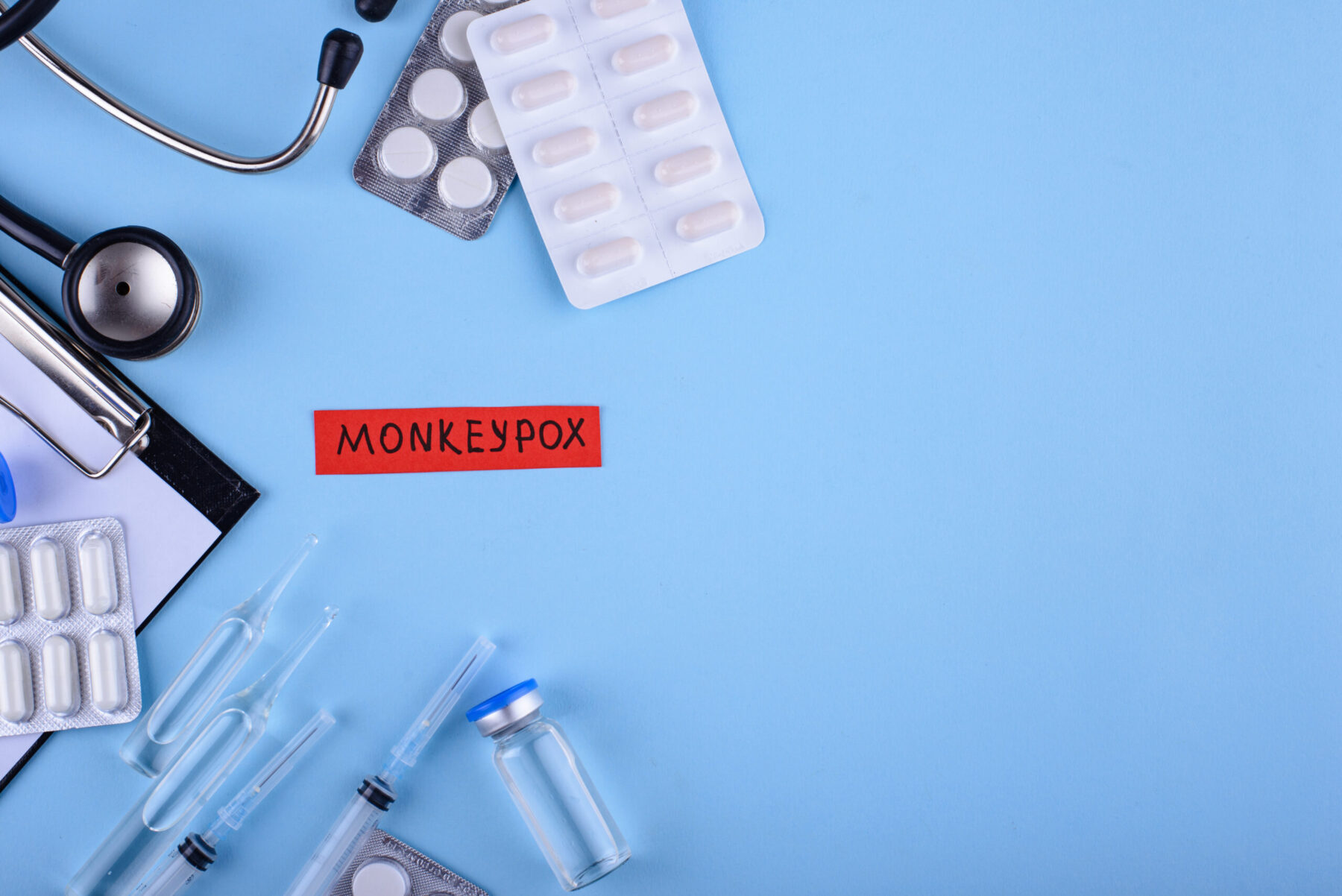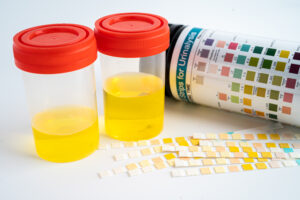Is Monkeypox the beginning of another pandemic?
With the news media touting confusion and fear around the spread of a funny-named disease, it is time we take a closer look at what Monkeypox is, where it started, how it spreads, and how to prevent getting sick from it.
Where did Monkeypox start?
While historically Monkeypox has been found in Africa over the last few years, and monkeys are found in Africa, this is not where Monkeypox originated.
The disease started in Denmark, first seen in monkeys in 1958 at a research institute and in humans 12 years later.
Monkeypox first broke-out in the US in 2003, though this was linked to pet prairie dogs and a nearby exotic pet African rodent sanctuary.
While this disease is similar to cowpox, camelpox, or skunkpox, it is not similar to chickenpox. However, monkeypox is also similar to Smallpox, though with a much lower mortality rate (smallpox was 30% before eradicated, monkeypox is between 1-10% depending on the monkeypox variant).
The milder version of monkeypox is the one that is spreading around the world, but the more the disease spreads, the more chances it has to mutate and could mutate into a more deadly variant, like the variant found in Central Africa.
All of this should sound similar to the first year of the COVID-19 pandemic as we were trying to learn more about the disease and how it changes and spreads.
What are the symptoms of Monkeypox and is there a vaccine?
Monkeypox symptoms includes:
- Fever
- Exhaustion
- Headaches
- Swollen lymph nodes
- Rashes/bumps that look like blisters or pimples
While the disease is NOT a sexually transmitted disease, the monkeypox virus is most commonly spreading through direct contact (which includes kissing, sexual contact, etc). However, it can also spread by indirect contact if the contagious individual sheds the virus where others can easily contact it in a short manner (for example, sheets, furniture, etc.).
It is important to note that monkeypox DOES NOT spread through the air and, while it can be found in the LBGTQ community, monkeypox is NOT a “gay” disease and should never be categorized as such.
There is a monkeypox vaccine, produced by Bavarian Nordic. However, this company has only ever produced about 1 million doses. Other companies are working to produce the vaccine as well.
On June 28, the U.S. Department of Health and Human Services (HHS) announced an enhanced national strategy to vaccinate and protect at-risk individuals from monkeypox infections by prioritizing JYNNEOS for areas with the highest number of cases.
On July 31, HHS announced plans to allocate an additional 786,000 doses of JYNNEOS vaccine, dramatically increasing the supply of monkeypox vaccine doses to states and jurisdictions. The additional vaccine allocation adds to the more than 340,000 doses of JYNNEOS vaccine that have already been delivered to jurisdictions.
Beginning Friday, July 29, states and jurisdictions can order additional vaccine doses through HHS.
Is Monkeypox spreading fast like COVID-19?
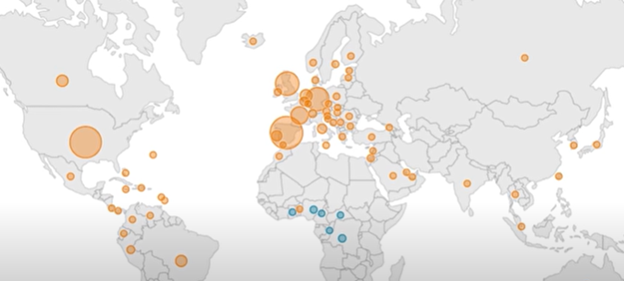
As of the end of July, there was a total of 22,500 cases worldwide in 79 countries, 72 of which has never seen a case before. At the beginning of July, it was closer to 5,000 cases worldwide.
In the United States, there has been over 5,189 cases, with 1,345 cases (nearly 25%) in New York. In fact, on Friday July 29, New York declared a public health emergency for Monkeypox. On Monday August 1, Illinois and California followed suit and declared a public health emergency for monkeypox as well. California has seen 799 cases so far.
In Pennsylvania, there has been over 125 cases now.
On Aug 4, Health and Human Services Secretary Xavier Becerra declared monkeypox a public health emergency. US Food and Drug Administration Commissioner Dr. Robert Califf said officials are considering allowing health care providers to be able to use a dose-sharing method where one vial of Jynneos vaccine — previously used as one dose — will be used to administer up to five separate doses.
In the current state of the disease, it is very unlikely for Monkeypox to be the next COVID-19 pandemic.
How do you prevent Monkeypox?
The Center for Disease Control and Prevention recommends avoiding close skin-to-skin contact with someone who might have a rash that looks like blisters or bumps.
This also includes avoiding:
- Eating after or use utensils after someone who might have monkeypox
- Handling clothes or bedding with someone who might have monkeypox
If you do encounter someone who has monkeypox, be sure to wash your hands thoroughly and use sanitizer.
If you do have monkeypox, it is recommended to isolate yourself until “all lesions have resolved, the scabs have fallen off, and a fresh layer of intact skin has formed.”
Choose CNS Occupational Medicine for workplace and personal care
At CNS Occupational Medicine, we offer a number of services related to fulfill all of the requirements set by OSHA, the FMCSA and the CDC, including Audiogram Testing, Respiratory Fit Testing, workplace injuries, DOT and HAZMAT Physicals, flu and other vaccinations, COVID-19 Services, first responder training, laboratory services, and more.
Our Occupational Medicine Team will develop a custom plan for your company.
For more information, contact us at 800.551.9816 or info@cnsoccmed.com.

